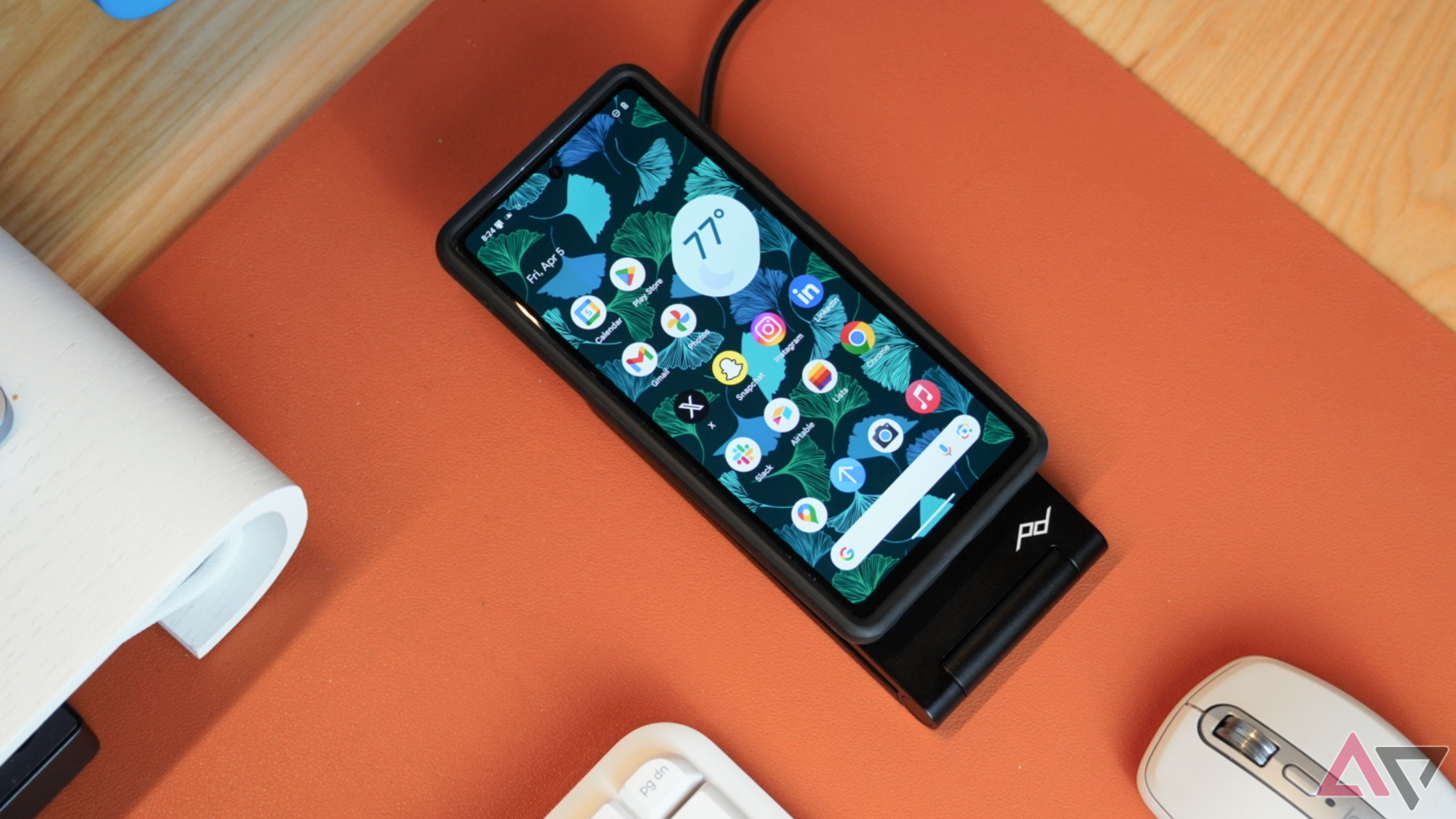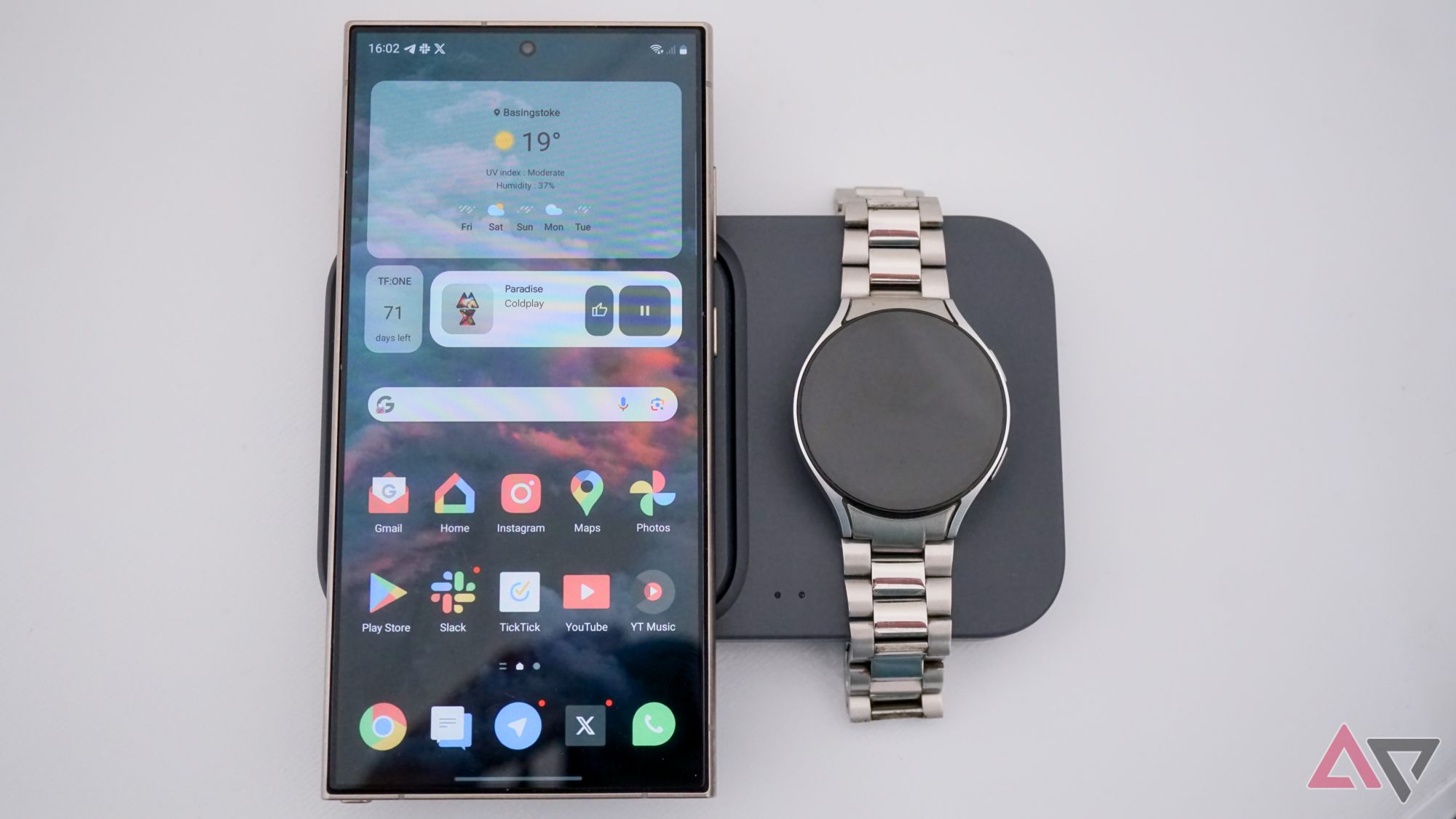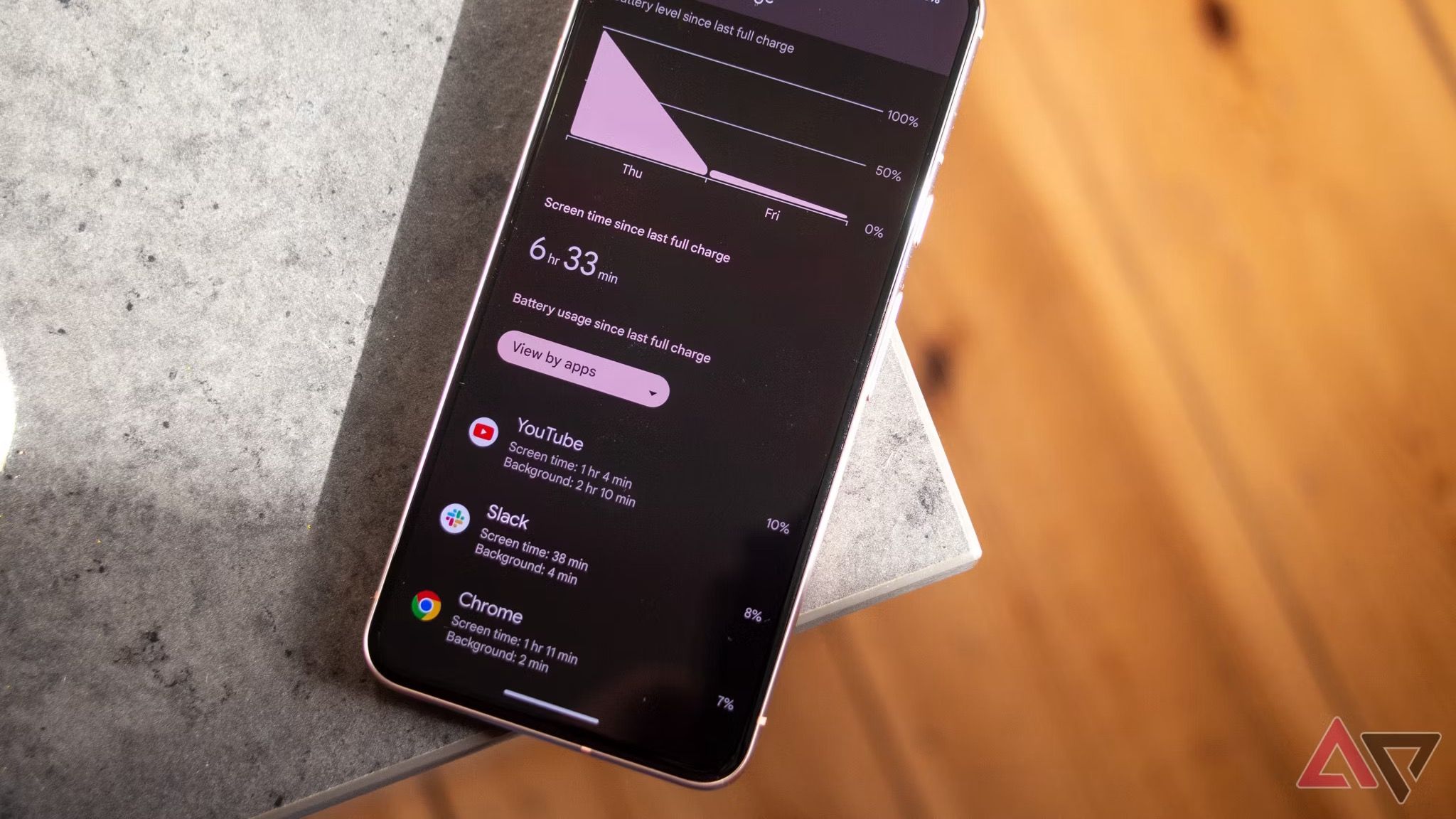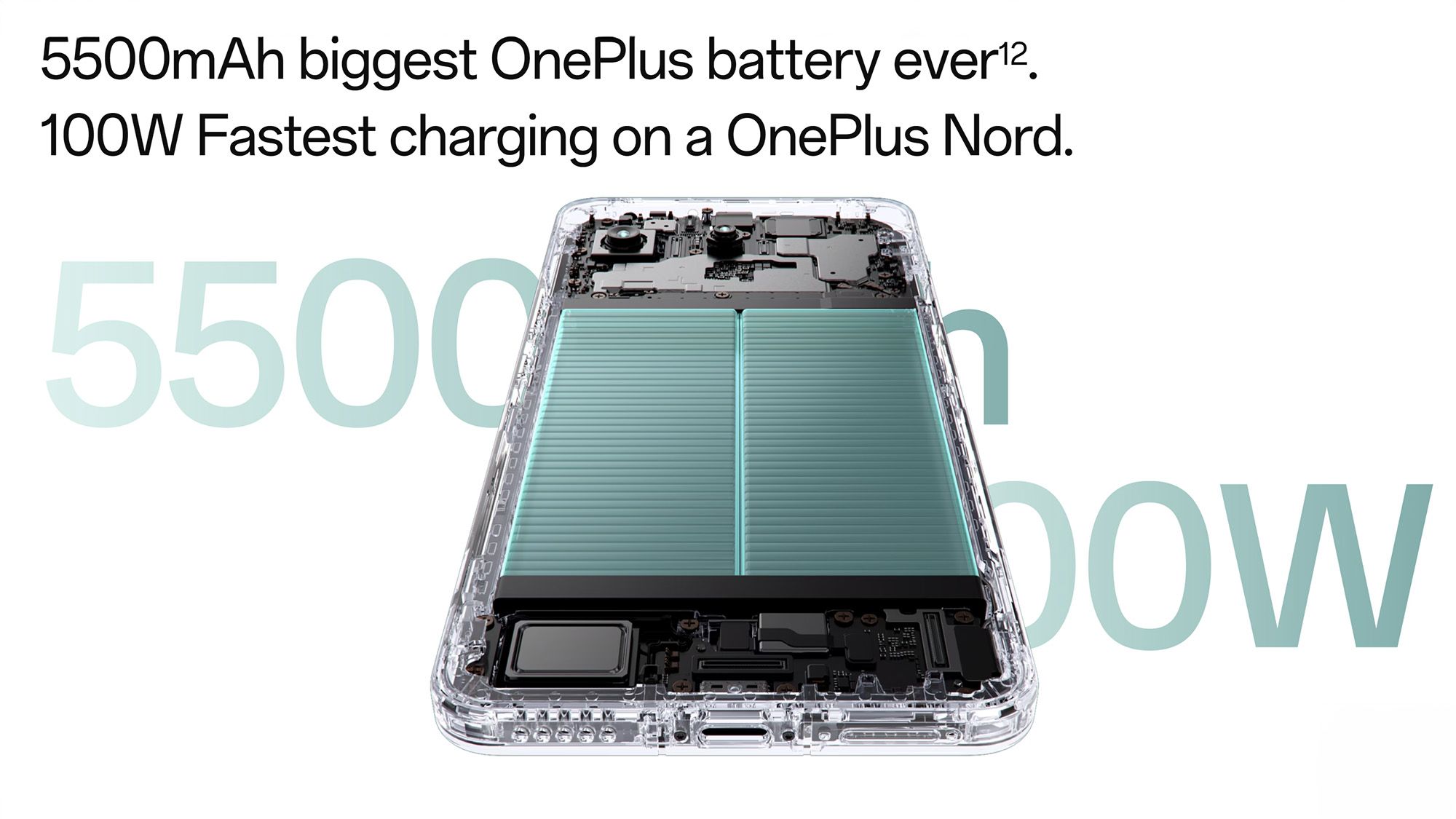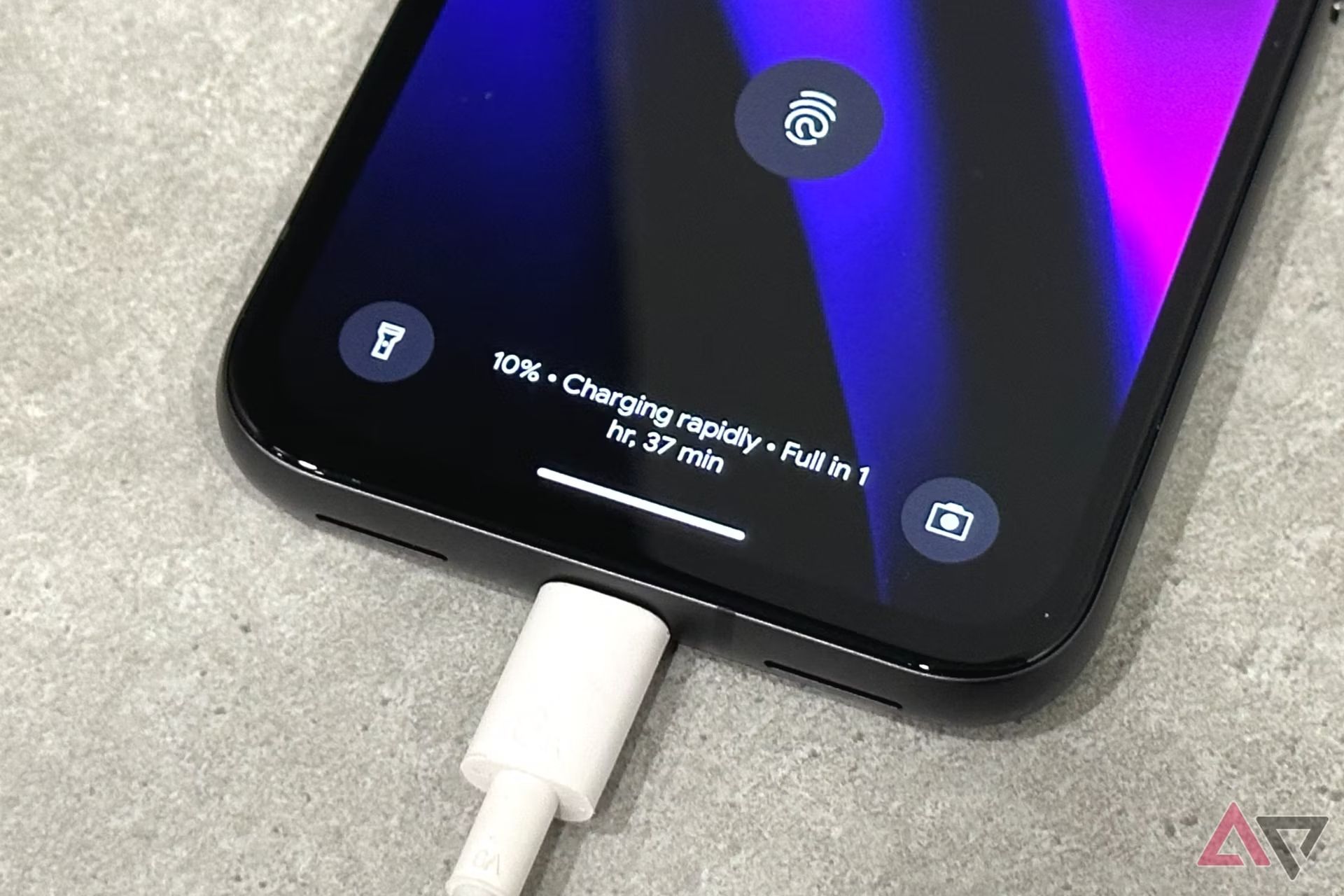The fastest charging phones ever made can go from zero to full in about ten minutes, and somewhere in a lab, there’s a 300-watt prototype that can do it in five. Amazing? Absolutely! Overkill? I’d say so. This position may seem controversial, but I think there is such a thing as a phone that charges too fast for the battery tech and user needs of today.
Before you reach for the pitchforks, hear me out: I’m all for innovation; modern phones are getting boring. Pushing the limits makes technology exciting, but with the numbers getting out of hand, perhaps we should take a step back and look at fast charging from a perspective that takes the downsides into account.
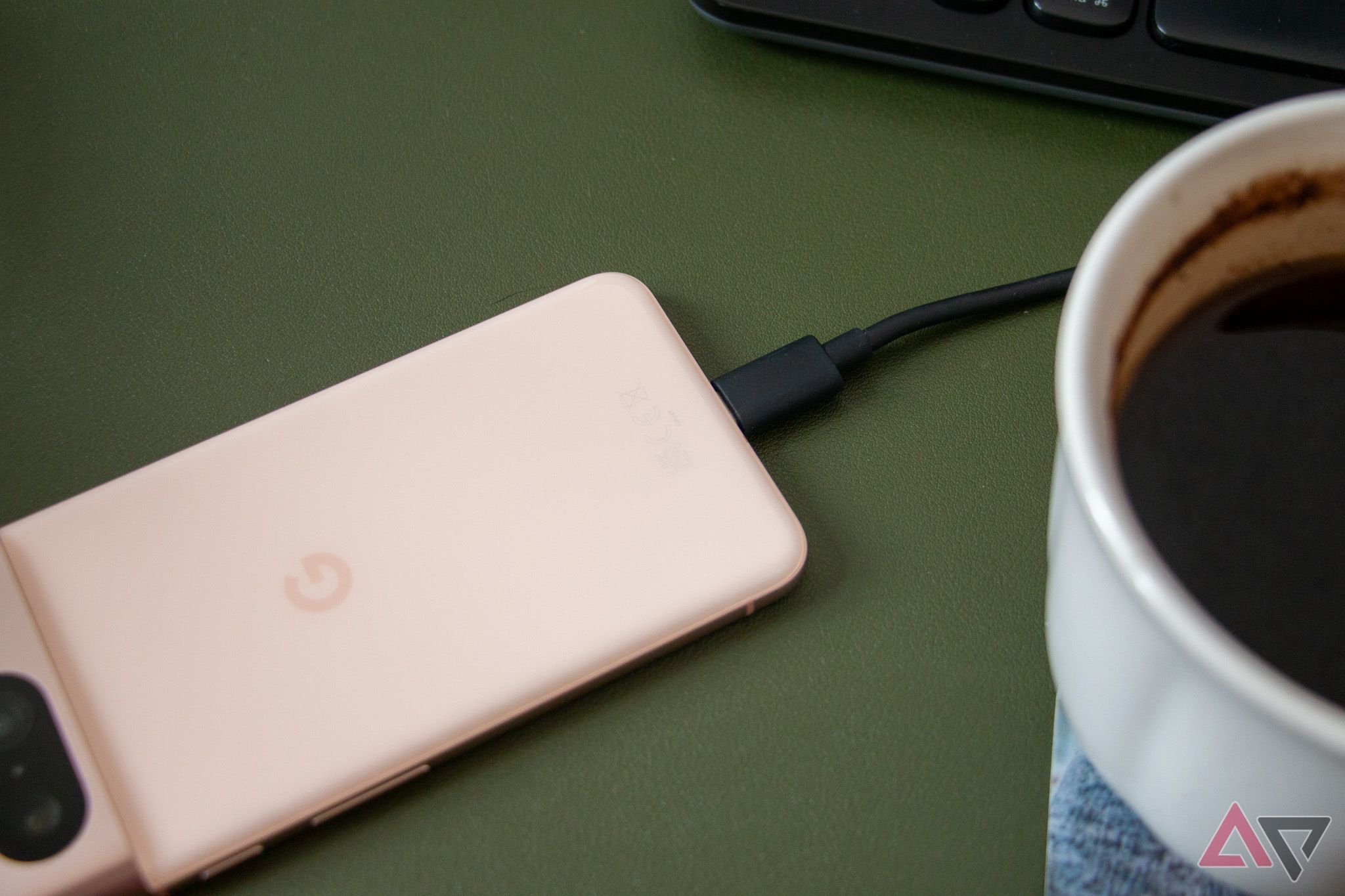
Related
How to accurately measure your smartphone’s charging speed
Demystifying smartphone charging once and for all
The current state of smartphone fast charging
And how big names are way behind
When it comes to batteries and fast charging, the discussion typically revolves around watts; the unit of power indicates how fast energy is being pumped into the battery.
Although Samsung and Google make some of the best Android phones today, they’re among the slowest to charge; 45W is the best Samsung can do, while Google’s latest phones peak at around 27W.
Brands like Motorola and fast-charging pioneer OnePlus are miles ahead. The 125W Moto Edge 50 Ultra fully charges in 28 minutes, while the OnePlus 12, which happens to be one of the best Android phones for battery life, charges fully in 37 minutes from its 100W charger.
But it gets even wilder. In 2023, Realme announced its GT3 and GT5 smartphones, both of which use 240W chargers to go from empty to full in around 10 minutes. And if that’s not fast enough, Redmi and Infinix have shown experimental handsets charging at 300 watts and 260 watts, respectively.
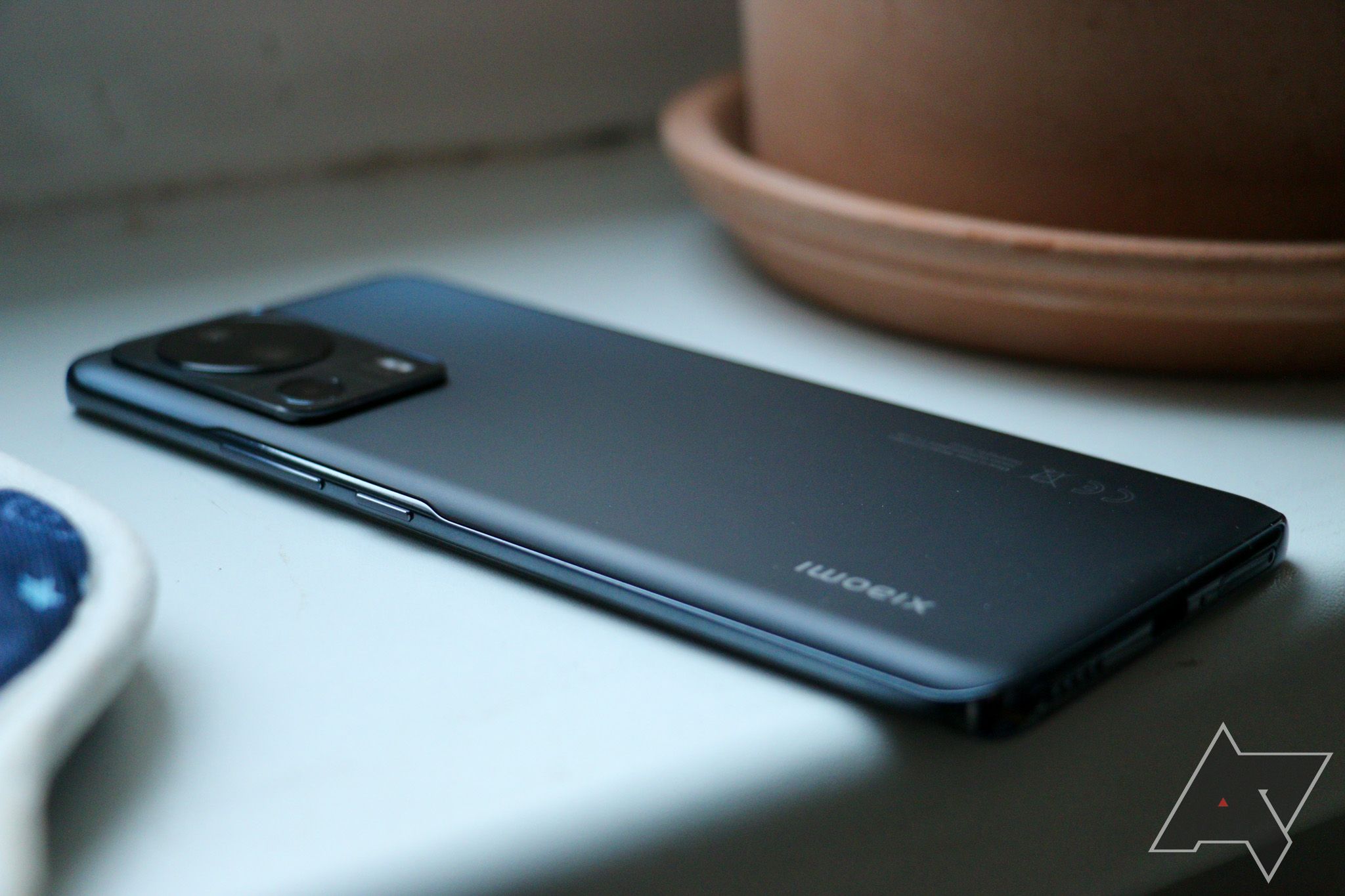
Related
Redmi’s ludicrous 300W fast charging tech will top up your phone’s battery in 5 minutes
These charging speeds are just getting ridiculous now
The downsides of ultra-fast charging
Reduced battery capacity
While 300-watt charging on a phone sounds incredible, raising the power has its downsides. In general, batteries that support fast charging store less charge per unit of volume since they use thicker battery elements to sustain the extra power. Fast-charging phones also use more complex circuitry and two battery cells in series to boost efficiency and reduce heat. These factors eat up space and reduce the energy density of the pack.
It’s hard to say how much capacity phone companies sacrifice by using faster-charging batteries, since that kind of technical data isn’t publicly available.
However, we do have official specs for the aforementioned Realme GT5, which comes in two variants: a standard model with 150W charging and a 5,240mAh battery that fully charges in 20 minutes, and a decked-out model with 240W charging and a 4,600mAh battery that needs 12 minutes to charge fully. In other words, Realme shaved off 8 minutes of charging time by sacrificing 12% of battery capacity. Worth it? I don’t think so.
Diminishing returns
Speaking of shaving off minutes, the faster a phone charges, the less meaningful the gains get. True, this could be somewhat subjective, as it’s easy to appreciate a drop from two hours to one hour for a full charge. A jump from one hour to 30 minutes? Not so much; halving that to 15 minutes would be even less significant.
At the same time, the more power you try to push into a phone’s battery, the more complex the charging system becomes. More attention has to be paid to safety, heat dissipation, and power regulation. For example, the aforementioned 260W charging system by Infinix includes over 140 protection mechanisms and over 20 temperature sensors, according to its maker.
At that point, is it a phone or a portable battery pack that also takes pictures and makes calls?
Battery health concerns
Does fast charging damage batteries over time? In theory, it shouldn’t if it’s implemented well. Every charge cycle depletes a small, unrecoverable fraction of a battery’s health, but it’s heat that causes faster degradation, not the fast charging itself. True, the faster you charge a battery, the more heat it generates, but a well-designed, well-cooled system that uses suitable batteries should cause minimal degradation.
Is every fast-charging phone designed to the level its power capabilities require? That’s a tricky question. All companies seem to promise top-notch performance and longevity from their fast-charging batteries, but let’s not forget they’d also really, really like you to buy their phones. While I want to trust their claims, they’re a challenge to test and confirm independently.
Where is the sweet spot of fast charging?
OnePlus may have found it
Source: OnePlus
While I don’t think 300W charging makes sense on a phone today, I’m not okay with the likes of Samsung, Google, and Apple offering less than a tenth of that on $1,000+ smartphones. 25W just isn’t enough for a phone from a big brand in 2024, especially when a power brick is no longer in the box, and powerful phone chargers are plentiful.
OnePlus, on the other hand, seems to have found the fast-charging sweet spot. Its latest OnePlus Nord 4 packs a 5500mAh battery that takes just 28 minutes for a full charge with a compatible 100W charger. Not bad for a $650 phone, right? The only catch is you’ll only get these speeds with a 100W SuperVOOC charger.
Why no love for USB Power Delivery?
It’s more than capable
One thing most ultra-fast charging smartphones have in common is that they only reach peak speeds with proprietary chargers. I hope that trend fades away sooner rather than later. After all, the versatile USB Power Delivery standard has been capable of 100W since 2012, and in 2021, that was bumped up to 240W.
But even 100W would be sufficient for most people, and the wide compatibility of the standard would make it easier to shop for accessories, charge quickly from a buddy’s charger, or use a single charger for your phone, tablet, and laptop.
Even if that dream never materializes, I’d be happy seeing smartphone makers stick to more adequate fast-charging rates and compatible solutions instead of racing for the biggest numbers. Sure, a phone that charges in 10 minutes is quite an achievement, but it’s not the best fit for the needs of today’s users and widely available battery technologies.
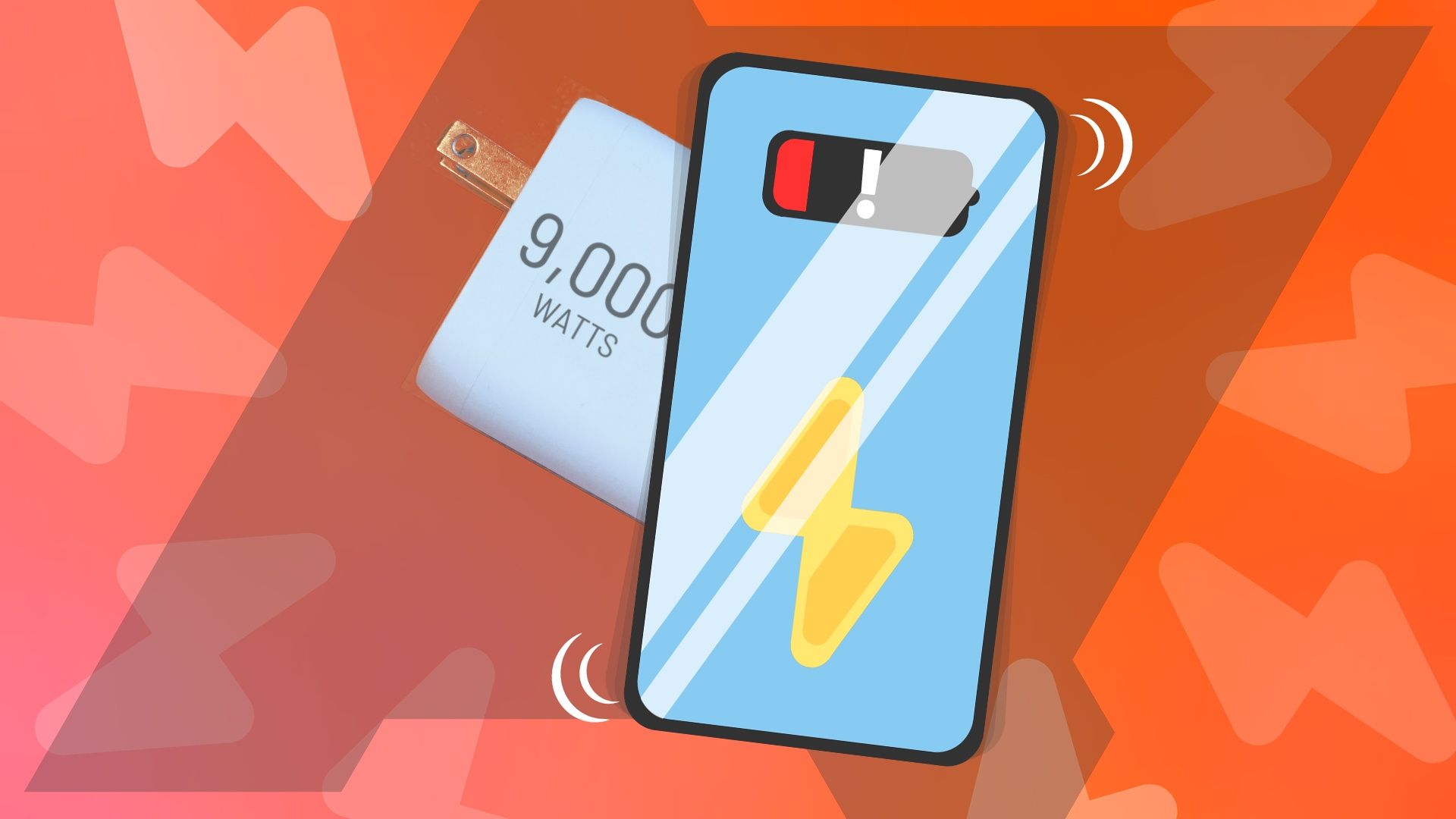
Related
Faster charging is the only thing I want from 2024 flagship phones
Can we please get over those dog slow 25W chargers already?
Source link
